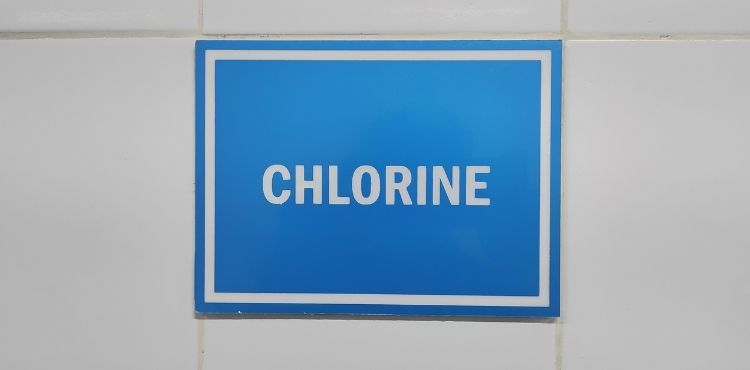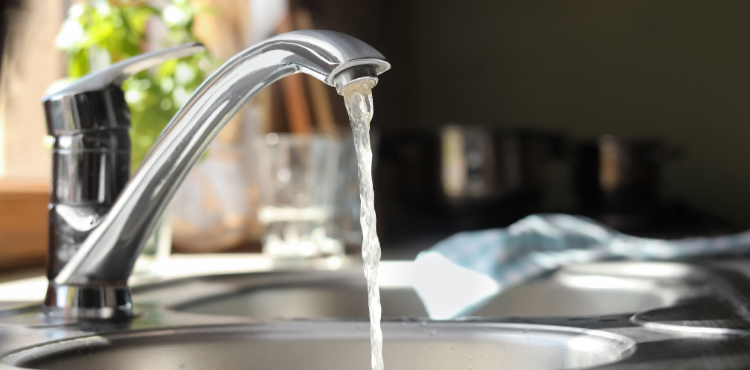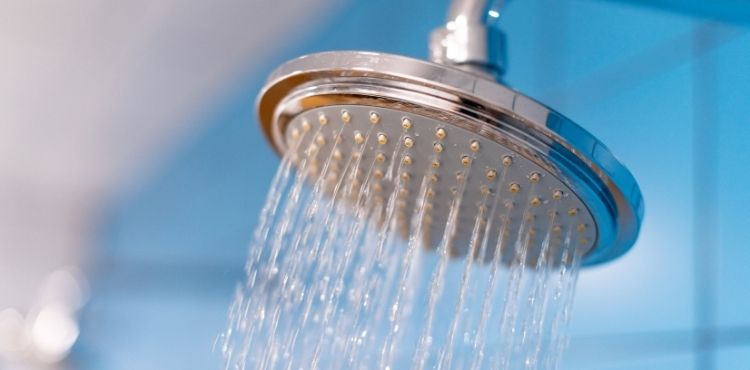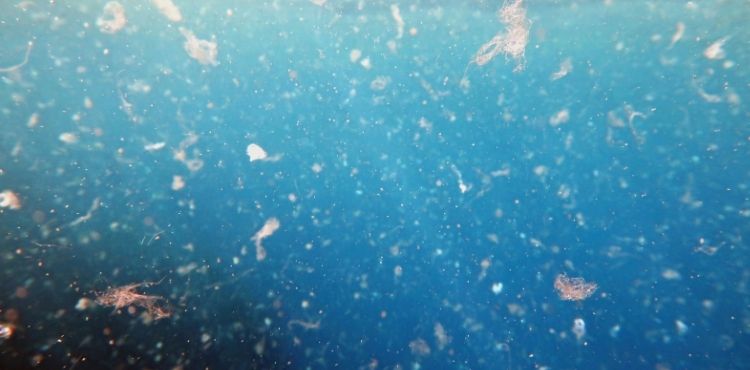In fact, some of the most concerning substances currently being investigated in Australian water supplies — like PFAS and chlorine by-products — may affect your body not just when swallowed, but also through your skin and lungs.
Here’s what we know so far.
What Are PFAS — and Why Should You Care?
PFAS (Per- and Polyfluoroalkyl Substances) are a group of man-made chemicals used in industrial processes, firefighting foam, and many consumer products. They’re known as “forever chemicals” because they don’t break down in the environment — or the human body.
The Australian public is only now beginning to understand the scale of this issue. PFAS have been found in water supplies across the country, and in some communities, people have unknowingly been exposed for over 30 years. Research has linked PFAS exposure to:
- Certain types of cancer
- Hormonal and reproductive disruption
- Immune system suppression
- Liver and kidney problems
So far, most of the discussion has focused on ingestion — but recent studies suggest that dermal absorption and inhalation during hot showers may also pose a risk, especially with long-term, repeated exposure.
The Chlorine Problem: Disinfectant with Side Effects
Chlorine is used to disinfect drinking water, and it’s done a lot of good in the fight against waterborne disease. But once water arrives at your home, its job is done — and what’s left behind may not be helping.
When you shower in chlorinated water, the heat causes chlorine to vaporise into a gas, which you then inhale. It can also be absorbed through your skin. This matters because exposure to chlorine and its by-products has been linked to:
- Dry, irritated skin and scalp
- Respiratory irritation, especially for those with asthma
- Formation of trihalomethanes (THMs) — chemical by-products some studies associate with long-term health risks
Most of this exposure happens not through drinking, but in hot showers, baths, or enclosed bathrooms.
Why This Matters More Than You Think
When people think about clean water, they think about what they’re drinking. But your skin is your body’s largest organ. And the steamy environment of a shower opens your pores, making it easier for certain chemicals to pass through.
Inhaling water vapour also bypasses your digestive system’s natural defences. So even trace amounts of volatile chemicals — like chlorine or PFAS compounds — may be inhaled directly into the lungs during a shower.
This isn’t just a theoretical concern. Researchers and public health organisations around the world are now taking a closer look at total exposure — through drinking, cooking, bathing, and breathing.
Should You Be Concerned?
That depends on your location, your water source, and your health sensitivities. But one thing is clear: if your water contains chemical contaminants, you’re not only drinking them — you’re also bathing in them.
Most water utilities focus on making water biologically safe — killing bacteria and viruses. But that’s not the same as chemically clean. And very few public systems are equipped to fully remove PFAS or chlorine by-products.
Knowledge First, Action Follows
This isn’t about panic. It’s about being informed. Clean water is about more than what you drink. It’s what you cook with, brush your teeth with, wash your kids in, and breathe in during your morning shower.
If you’re not sure what’s in your water, the first step is to find out. The next step is up to you.
Because the water that surrounds you every day shouldn’t be a source of risk. It should be a source of health.






